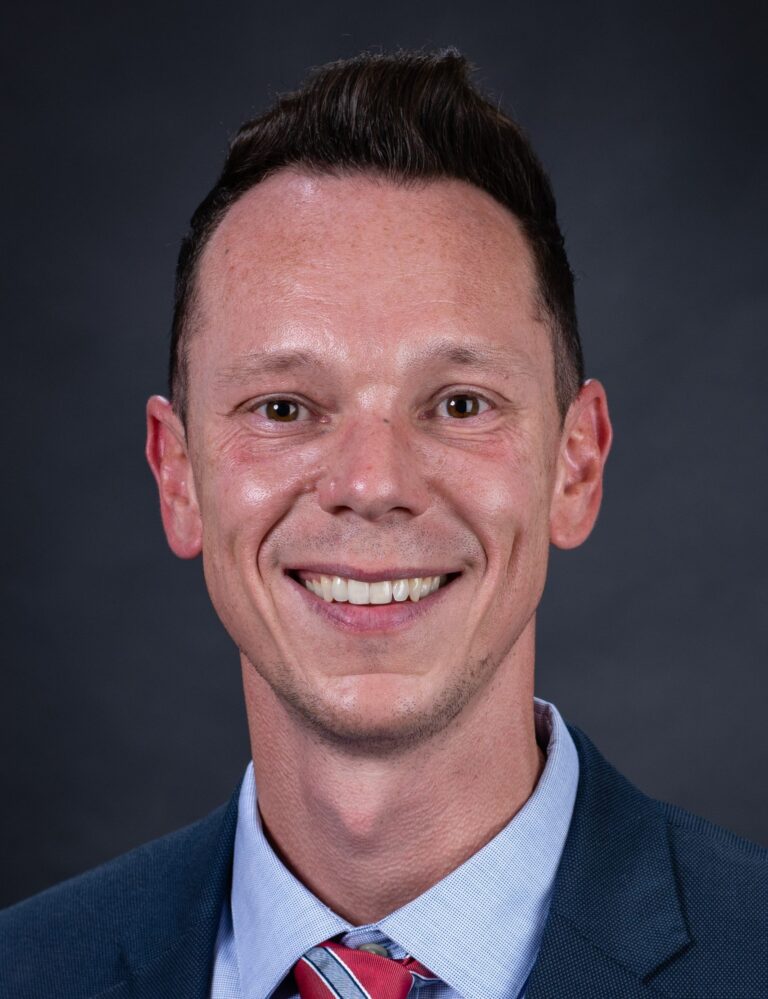Focus on MP: CAMPEP Training Could Help Address Medical Physics Staffing Shortages
By Geoffrey S. Ibbott, PhD, ABR Associate Executive Director for Medical Physics; Kalpana M. Kanal, PhD, ABR Trustee; Matthew B. Podgorsak, PhD, ABR Board of Trustees Chair; and Robert A. Pooley, PhD, ABR Trustee
February 2024;17(1):5

The important role of medical physicists in radiology, nuclear medicine, and radiation therapy is rarely questioned, and most state regulations codify the involvement of a medical physicist in certain activities. In the last few years, however, concerns have been raised about the adequacy of the supply of medical physicists. A recent article in Physics Today encapsulated this concern by writing, “As retirements surge, shortages threaten to slow advances in cancer therapy, diagnostics, and improved understanding of the physiological impacts of radiation.”1
The article described concerns about staffing levels in a variety of radiological fields and drew heavily from an article by Newhauser et al., which described the state of the U.S. medical physics workforce.2 Newhauser and co-authors pointed out the difficulties in predicting supply and demand but noted that there is presently an inadequate number of residency training positions in medical physics. They also noted that the retirement rate of medical physicists increased between 2010 and 2020 and has increased further recently as many baby boomers have reached retirement age.3 The U.S. Bureau of Labor Statistics does not identify medical physicists specifically but reports that employment opportunities for “medical scientists” will increase 10% from 2022 to 2032, “much faster than the average for all occupations.”4 Abundant anecdotal evidence also shows that positions often go unfilled for many months, if not years.5
The ABR is attentive to the workforce issues in medical physics, as well as in other disciplines.6 In all jurisdictions in the United States where the practice of medical physics is regulated, ABR certification in the relevant subfield is recognized as sufficient qualification for the awarding of a license, certificate, registration, or permit. It is also recognized by practice accreditation organizations such as the American College of Radiology (ACR). The decision by the ABR in 2012 to require candidates for the medical physics Part 1 qualifying exams to be enrolled in, or to have graduated from, a program accredited by the Commission on Accreditation of Medical Physics Educational Programs (CAMPEP) had the potential to limit the number of candidates, as it was common in those days for candidates from a variety of educational backgrounds to qualify for the exams. Today, however, it appears that sufficient numbers of medical physicists are receiving CAMPEP-accredited graduate training. The subsequent decision by the American Association of Physicists in Medicine (AAPM) to insist that the ABR require clinical training in a CAMPEP-accredited residency program to be admitted to the Part 2 qualifying exam does appear to have had an effect on the supply of qualified candidates because, as of 2015, there were about 140 residents graduating each year, while the estimated demand was on the order of 175.7
The ABR has reviewed these data and its own practices as part of a larger view to see what opportunities exist to address the disparity between the supply of and demand for medical physicists. As a starting point, the number of successful candidates on the different medical physics exams has been investigated. The ABR website reports the passing rates for CAMPEP-trained candidates who are taking the exam for the first time. This cohort is felt to best represent ideally prepared candidates, and therefore indicates the performance to be expected of these candidates. The website does not list the performance of candidates who are repeating the exam. Repeating one or more exams is common; medical physicists are allowed five calendar years from the date of initial registration to pass both Part 1 qualifying exams and six calendar years from the date of becoming board eligible to pass the Part 2 qualifying exam and the oral certifying exam. The computer-based exams are given annually, while the oral exam is now offered twice each year.
|
2004 – 2023 |
No. Candidates |
|
Applied for certification |
6,576 |
|
Application abandoned |
723 |
|
Application inactive |
827 |
|
Application currently active |
1,406 |
|
Certified |
3,620 |
The table above shows data for the 20 years from 2004 to 2023 and indicates that 6,576 candidates applied for certification in one of the medical physics specialties. Abandoned applications are those for which the candidate never attempted an exam before the application expired. Some are currently inactive, meaning that the candidate attempted at least one exam, but their eligibility expired before they continued the sequence. This includes candidates who have passed the Part 1 qualifying exams but are not yet board eligible, meaning that they don’t yet qualify for the Part 2 exam. These candidates have options to re-enter eligibility, so they have the potential to continue the path to certification. Active candidates are those who are in the examination process and are current with the required paperwork and fees but have not yet completed certification.
Of candidates who attempted the Part 2 qualifying exams between 2004 and 2023, 93% ultimately passed, even though some required multiple attempts. Of candidates who attempted the oral certifying exam, 95% ultimately passed.
These data gave us the opportunity to compare the performance of CAMPEP-trained candidates with those who did not complete a CAMPEP-accredited education.
|
|
Passing Rate on First Attempt | |
|
Exam |
CAMPEP Trained |
Not CAMPEP Trained |
|
Part 2 Qualifying Exam |
87% |
75% |
|
Oral Certifying Exam |
72% |
57% |
|
All Exams |
64% |
47% |
The table above shows data for 1,610 CAMPEP graduates and 2,688 non-CAMPEP trainees. Both groups ultimately were successful at about the same rate, as described above, but a larger proportion of the CAMPEP group passed each exam on the first attempt.
Like all Member Boards of the American Board of Medical Specialties (ABMS), the ABR works hard to ensure the certification process supports the ABR’s mission: “To certify that our diplomates demonstrate the requisite knowledge, skill, and understanding of their disciplines to the benefit of patients.” Consequently, the ABR’s certification exams are intentionally challenging, but properly prepared candidates can be successful. As criterion-referenced exams demonstrating high measures of reliability, the exams have no predetermined passing rate, and it is possible for all candidates to meet the standard on a given administration. The fact that some candidates require two or more attempts to pass an exam suggests that they use the time following a failed attempt to study and gain additional experience. The data also suggest that candidates who train in educational programs that comply to a national standard and are subjected to oversight perform somewhat better than candidates who do not attend these programs.
The ABR is fortunate to have a ready supply of medical physicist volunteers to write exam questions and spent considerable effort developing the virtual platform now used for administering exams. Consequently, the ABR is positioned to adapt to increased numbers of candidates should the number of residency positions grow to address the increasing demand for well-trained medical physicists.
References
- David Kramer. Alarm sounded over declining US radiation professional workforce. Physics Today. 2023;76(10):18–21. https://doi.org/10.1063/PT.3.5322
- Wayne D. Newhauser, Dustin A. Gress, Michael D. Mills, et al. Medical physics workforce in the United States. J Appl Clin Med Phys. 2022;23(Suppl. 1):e13762. https://doi.org/10.1002/acm2.13762
- Michael D. Mills, Judah Thornewill, Robert J. Esterhay. Future trends in the supply and demand for radiation oncology physicists. J Appl Clin Med Phys. 2010;11(2)3005. 10.1120/jacmp.v11i2.3005
- U.S. Bureau of Labor Statistics. Occupational Outlook Handbook. Accessed January 9, 2024. https://www.bls.gov/ooh/life-physical-and-social-science/medical-scientists.htm
- AAPM Placement Service. Accessed January 18, 2024. https://careers.aapm.org
- Michael Yunes. Combating shortages in radiation oncology staffing requires long-term investment, creativity. The Beam. 2023;16(6):7.
- Christine Marie Swanson. An evaluation of the supply and demand of radiation oncology medical physicists in the United States. Electronic Theses and Dissertations. Paper 3224. 2019. https://doi.org/10.18297/etd/3224



